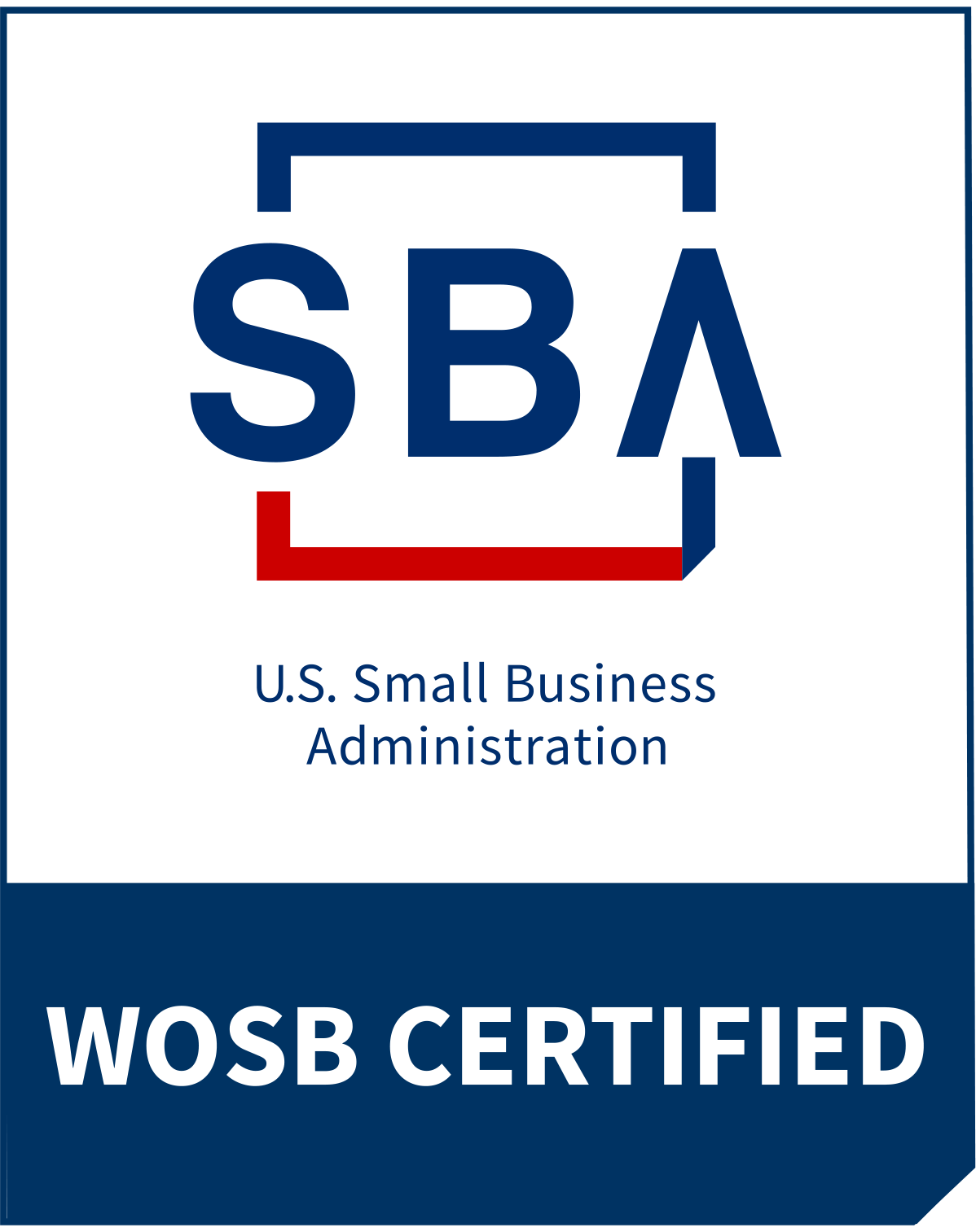Building for the Future
Have you ever wondered if your staff has the skills they need to achieve your organization’s mission and goals? Have you ever been asked to justify a staffing request and needed data to support your request? CG Strategy can help you use data to understand your current and future needs, build business cases to support your requests, and implement strategies for ongoing learning and development.
With frequently changing priorities and directives, planning for the future can be difficult for government leaders. Making sure your team has the skills it needs to achieve your organization’s mission, justifying requests for additional staff and training, and building a strategy to develop your staff are just some of the challenges facing leaders who are striving to build for the future. Leaders need to understand their current staff capability and capacity while anticipating the skills (both technical and non-technical) their employees will need in the next 5 to 10 years and the capacity that will be required to deliver on their mission and goals. And, they need to have the data to support of all this. In addition to understanding current and anticipating future workforce needs, leaders need to intentionally build and sustain a culture of learning so that staff are actively building skills and securing the developmental opportunities they need to grow and be able to contribute in the future.
At CG Strategy we apply techniques from organizational science to develop tools and provide recommendations based on an organization’s needs and culture. We work with our clients to determine what the future might hold and then guide our clients through the process of building and implementing a plan to reach future workforce goals.
With CG Strategy
- Leaders understand that they need staff with technical, project management, and collaboration skills.
- Leaders have tools for understanding their organization’s future capacity and capability needs.
- Leaders are able to make data-driven decisions about capacity and capability needs aligned to their organization’s mission and goals.
- Leaders have business cases for increased staff capacity and capability.
- Individual development plans and performance plans are aligned to organizational needs and a clear succession plan.
- Leaders have a strategy for building a culture of learning.
Without CG Strategy
- Employees tend to be focused on technical skill building and don’t bring the other skills required for effective mission delivery.
- Leaders may not fully understand their organization’s future capacity and capability needs, making it difficult to plan for the future.
- Leaders might make decisions based on instinct or past experience only and miss opportunities for lasting program improvements.
- Leaders make requests for additional staff without data leading to inappropriate or denied requests.
- Individual development plans and performance plans are based only on current needs and may lack stretch goals.
- Learning is strictly offered through existing, traditional mechanisms like training, and trainings are not necessarily offered with skill gaps in mind.
Success Story
A CG Strategy federal client wanted to understand how well its current workforce was positioned to achieve mission activities and outcomes. The client selected CG Strategy to help them assess the current state, identify the capabilities and capacity required to achieve its strategic goals and objectives, and put a plan in place to make it happen.
The first step we took was to design a resource analysis tool. The client already understood its long-term objectives, so we created a tool that established a baseline and uncovered the capabilities the client would require to meet its strategic objectives.
Once we understood the capabilities needed for the client to meet its objectives, we built an analytical model to understand capacity requirements. The model used a set of drivers that could best indicate the level of effort and capability required to fulfill the client’s goals and objectives into the future. We then used the model to establish a set of assumptions about the future, and to develop a set of possible future scenarios. Client leadership discussed and debated these scenarios and chose a path forward.
This effort formed the basis for a series of business cases that the client’s leadership used to successfully secure approval for a staff increase that incorporated a set of clearly defined capabilities. The work also positioned leaders to make data-informed decisions about staff training and development, and to ensure that individual performance plans reflected the needs of the future. Finally, the effort created shared responsibility among client leadership and staff for growth and learning.




